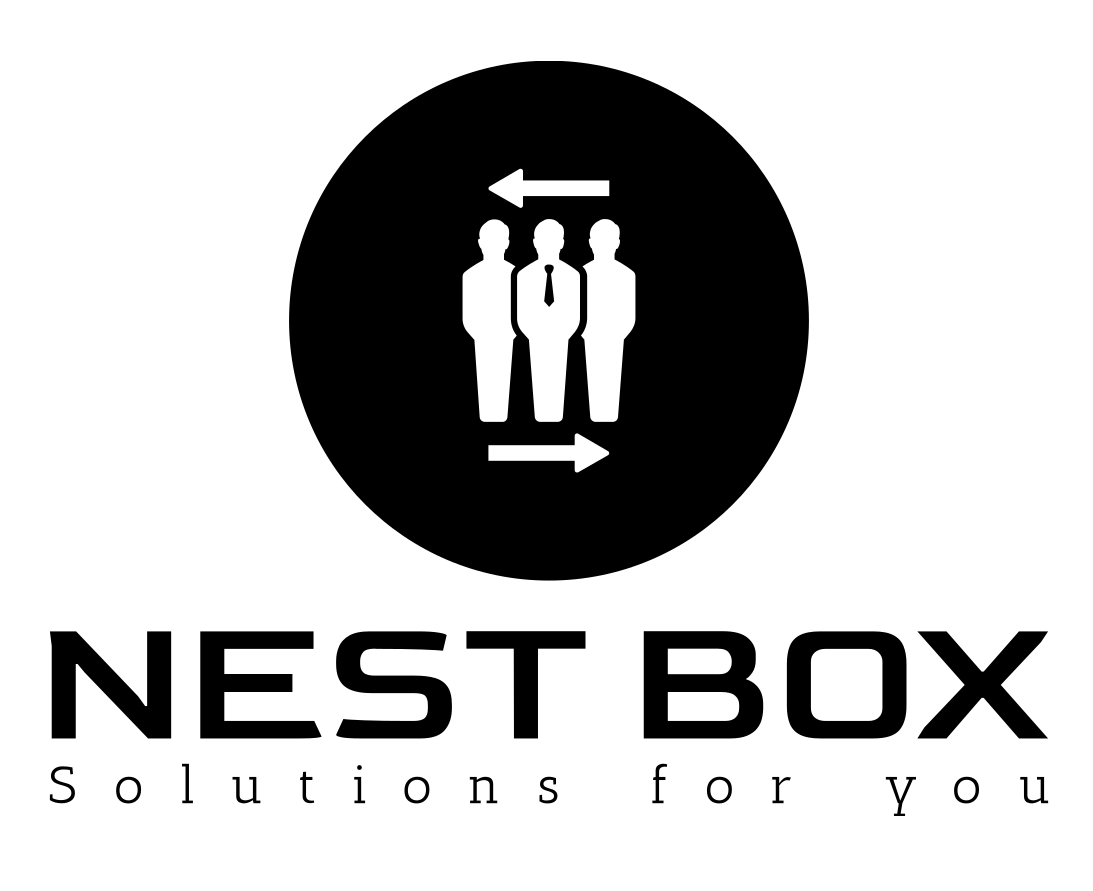Crafting an organized resume is a crucial step toward presenting your professional history in a clear and compelling manner. A well-structured resume not only captures the attention of potential employers but also makes it easier for them to quickly identify your key qualifications. Here are 15 important tips on how to write an organized resume:
1. Begin with a Clear Header:
Ensure your resume starts with a clean and professional header containing your full name, phone number, email address, and LinkedIn profile (if applicable).
2. Opt for a Visually Appealing Design:
Choose a layout that is visually appealing, using consistent formatting, bullet points, and strategic white space to enhance readability.
3. Craft a Strong Summary or Objective:
Start your resume with a compelling summary or objective statement that succinctly conveys your key qualifications and career aspirations.
4. Organize Sections Clearly:
Divide your resume into sections such as “Education,” “Experience,” “Skills,” and “Achievements” to provide a clear structure.
5. Prioritize Information:
Arrange sections based on relevance to the job, placing the most important information at the beginning for maximum impact.
6. Maintain Consistent Headings:
Ensure consistency in font style and size for section headings and subheadings to create a polished and professional appearance.
7. Utilize Reverse Chronological Order:
List your work experiences, education, and other sections in reverse chronological order, starting with the most recent.
8. Quantify Achievements:
Provide concrete evidence of your impact by using numbers and metrics to quantify achievements in previous roles.
9. Tailor Your Resume:
Customize your resume for each application, emphasizing skills and experiences that align with the specific job requirements.
10. Highlight Key Skills:
Dedicate a section to showcase key skills relevant to the job, using bullet points for clarity.
11. Begin Bullet Points with Action Verbs:
Start each bullet point under work experiences with action verbs to convey accomplishments and responsibilities more dynamically.
12. Keep It Concise:
Strive for conciseness, aiming for a one to two-page resume by focusing on impactful information and trimming unnecessary details.
13. Proofread Carefully:
Thoroughly proofread your resume to eliminate grammatical errors and typos, showcasing attention to detail.
14. Include Contact Information:
Ensure your contact information is up-to-date, providing a professional email address and a reachable phone number.
15. Include Relevant Certifications:
If applicable, showcase relevant certifications in a dedicated section to further emphasize your qualifications.


Leave a Comment